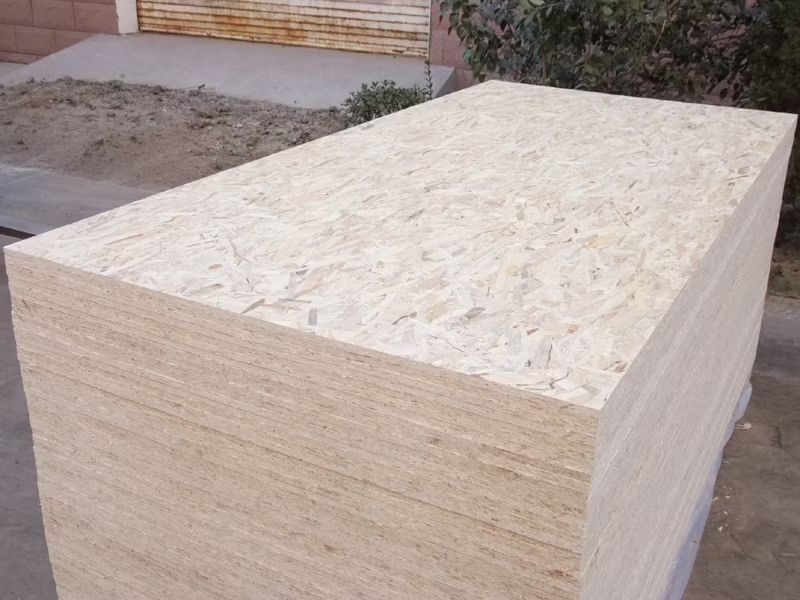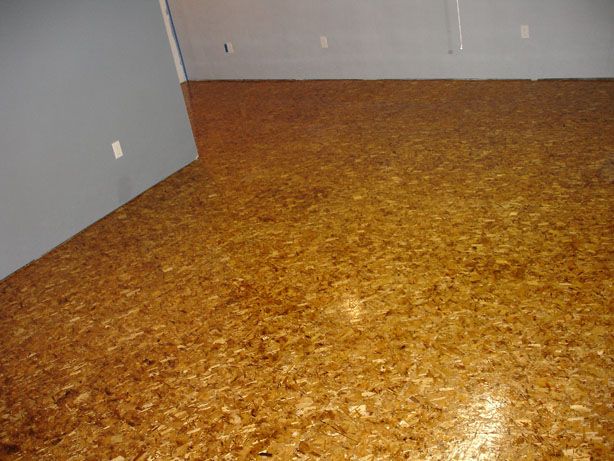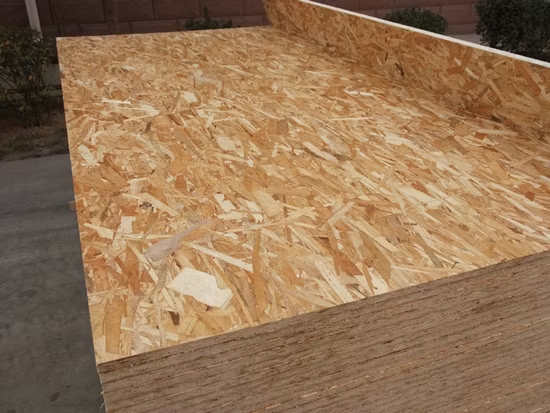The Ultimate Guide to Sanded OSB: Everything You Need to Know
Oriented Strand Board (OSB) is a versatile and widely used building material that has gained popularity in construction projects worldwide. Among the various types of OSB, Sanded OSB stands out for its unique characteristics and applications. In this comprehensive guide, we will explore everything you need to know about Sanded OSB, including its benefits, uses, installation tips, and much more. Whether you’re a DIY enthusiast or a professional contractor, this article will provide you with valuable insights into this remarkable material.
Table of Contents
- What is Sanded OSB?
- How is Sanded OSB Made?
- Benefits of Sanded OSB
- Applications of Sanded OSB
- Sanded OSB vs. Regular OSB: Key Differences
- How to Install Sanded OSB
- Maintenance and Care for Sanded OSB
- Environmental Impact of Sanded OSB
- FAQs About Sanded OSB
- Conclusion
1. What is Sanded OSB?
Sanded OSB is a type of Oriented Strand Board that has been sanded to create a smooth and even surface. Unlike regular OSB, which has a rough and textured finish, Sanded OSB is designed for applications where a finer surface is required. This makes it ideal for projects where aesthetics and functionality are equally important.

2. How is Sanded OSB Made?
The manufacturing process of Sanded OSB is similar to that of regular OSB, with an additional step of sanding. Here’s a step-by-step breakdown:
- Wood Selection: High-quality wood strands are selected and mixed with adhesives.
- Orientation: The strands are oriented in specific directions to enhance strength and durability.
- Pressing: The strands are pressed under high heat and pressure to form large panels.
- Sanding: The surface of the OSB is sanded to achieve a smooth finish.
- Cutting and Finishing: The panels are cut to size and treated for moisture resistance if needed.
3. Benefits of Sanded OSB
Sanded OSB offers several advantages over traditional building materials:
- Smooth Surface: Ideal for applications requiring a fine finish, such as flooring or cabinetry.
- Durability: Resistant to warping, cracking, and splitting.
- Cost-Effective: More affordable than plywood while offering similar performance.
- Versatility: Suitable for a wide range of indoor and outdoor projects.
- Eco-Friendly: Made from sustainable wood sources and recyclable materials.
4. Applications of Sanded OSB
Sanded OSB is used in various construction and DIY projects, including:
- Flooring: Provides a smooth and durable base for carpets, tiles, or hardwood.
- Wall Sheathing: Offers excellent insulation and structural support.
- Furniture: Used to create shelves, cabinets, and other furniture pieces.
- Roofing: Acts as a sturdy underlayment for roofing materials.
- DIY Projects: Perfect for crafting tables, workbenches, and more.

5. Sanded OSB vs. Regular OSB: Key Differences
| Feature | Sanded OSB | Regular OSB |
|---|---|---|
| Surface Finish | Smooth and even | Rough and textured |
| Applications | Aesthetic-focused projects | Structural applications |
| Cost | Slightly higher | More affordable |
| Installation Ease | Easier to paint or finish | Requires additional prep |
6. How to Install Sanded OSB
Installing Sanded OSB is a straightforward process. Follow these steps for best results:
- Prepare the Surface: Ensure the area is clean, dry, and level.
- Measure and Cut: Measure the space and cut the Sanded OSB panels to fit.
- Secure the Panels: Use screws or nails to attach the panels to the subfloor or framing.
- Seal the Edges: Apply a sealant to prevent moisture penetration.
- Finish the Surface: Sand any rough edges and apply paint or stain if desired.
7. Maintenance and Care for Sanded OSB
To ensure the longevity of Sanded OSB, follow these maintenance tips:
- Regular Cleaning: Wipe the surface with a damp cloth to remove dust and debris.
- Avoid Moisture: Keep the material dry to prevent swelling or warping.
- Inspect for Damage: Check for signs of wear and tear, especially in high-traffic areas.
- Reapply Finish: Periodically reapply paint or sealant to maintain the surface.
8. Environmental Impact of Sanded OSB
Sanded OSB is an environmentally friendly choice for several reasons:
- Sustainable Sourcing: Made from fast-growing trees and wood waste.
- Recyclable: Can be recycled or repurposed at the end of its life cycle.
- Low Emissions: Produces fewer emissions compared to other building materials.
9. FAQs About Sanded OSB
Q1: Can Sanded OSB be used outdoors?
A: Yes, but it must be properly sealed and protected from moisture.
Q2: Is Sanded OSB stronger than plywood?
A: While both materials are strong, Sanded OSB is more resistant to warping and splitting.
Q3: How do I paint Sanded OSB?
A: Start by sanding the surface lightly, then apply a primer before painting.
Q4: What thickness is Sanded OSB available in?
A: Sanded OSB is typically available in thicknesses ranging from 1/4 inch to 3/4 inch.
Q5: Can I use Sanded OSB for furniture?
A: Absolutely! Its smooth surface makes it ideal for crafting furniture.
10. Conclusion
Sanded OSB is a versatile, durable, and cost-effective building material that offers a smooth finish for a wide range of applications. Whether you’re working on a construction project or a DIY endeavor, Sanded OSB is an excellent choice that combines functionality with aesthetics. By understanding its benefits, uses, and installation techniques, you can make the most of this remarkable material in your next project.
